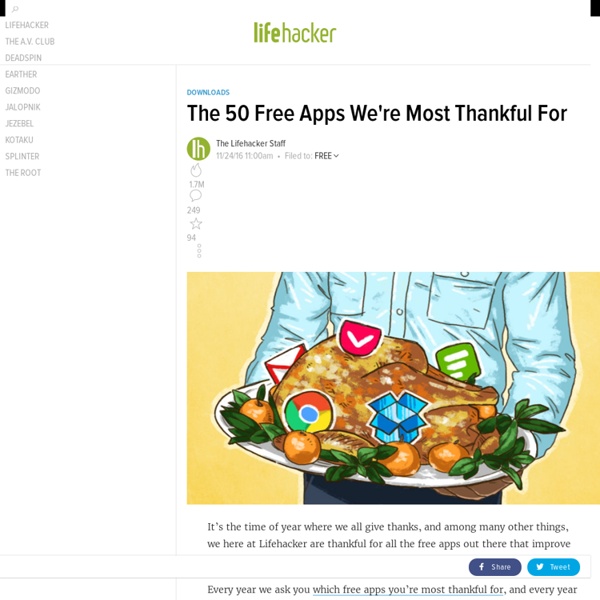



typing lessons This is keybr.com, a web application that will help you teach touch typing. Touch typing is typing without using the sense of sight to find the keys. A person possessing touch typing skills will know their location on the keyboard through muscle memory. It can improve any individual's typing speed and accuracy dramatically. This is a short tutorial that will explain how does this application work. You can use the left and right arrow keys to navigate through these slides. This tutorial is based on these few principles: No boring, repetitive exercises. Initially it starts generating words from a small subset of the most frequent letters of the alphabet. When you are typing these words, keybr measures time to type a key for every letter in that subset. Once you familiarize yourself with the current subset of letters, the algorithm expands it, including more and more letters to it. So at any time, you will by typing the letters you are least familiar with. This is the text board. ? ? ? ? ?
DIY Marbled Glassware When graphic designer and artist Joanna Bean Martin shared with us her technique for marbling the bottoms of glassware with nail polish, we couldn’t wait to try it ourselves. Who knew it would be such an easy way to add color and pattern to your next tablescape or party? Remember, the brighter and bolder colors you use, the more the glasses will radiate and glow. You’ll need:flat bottomed glasswarevariety of colorful nail polishclear nail polisha disposable plastic containernail polish removerpainters tapetoothpicks Mask off the bottom of the glass with painters tape. Fill a disposable, plastic container with water. Layer the colors one on top of the other. Submerge the bottom of the glass into the polish. Allow to dry completely before applying a layer of clear polish. Once everything has dried, remove the painters tape and touch up with nail polish remover and a cotton swab. Your glowing glasses are finished! Bottoms up!
Silent Circle's latest app democratizes encryption. Governments won't be happy Courtesy of Silent Circle For the past few months, some of the world’s leading cryptographers have been keeping a closely guarded secret about a pioneering new invention. Today, they’ve decided it’s time to tell all. Ryan Gallagher is a journalist who reports on surveillance, security, and civil liberties. Follow Back in October, the startup tech firm Silent Circle ruffled governments’ feathers with a “surveillance-proof” smartphone app to allow people to make secure phone calls and send texts easily. “This has never been done before,” boasts Mike Janke, Silent Circle’s CEO. True, he’s a businessman with a product to sell—but I think he is right. The technology uses a sophisticated peer-to-peer encryption technique that allows users to send encrypted files of up to 60 megabytes through a “Silent Text” app. By design, Silent Circle’s server infrastructure stores minimal information about its users. The cryptographers behind this innovation may be the only ones who could have pulled it off.
Company Reconstruction Handmade Charlotte :: DIY Crafts & Daily Design Inspiration Spike puts laser measurement hardware on the back of a smartphone Through the Spike smartphone app, users are able to capture, measure, 3D model and share any object up to 200 yards (183 m) away with what the company says is laser accuracy Image Gallery (10 images) Traditionally, the technology that goes into laser hardware for surveying and 3D modeling has been the plaything of architects, surveyors and engineers. View all Spike builds on the company's established GIS (geographic information systems) tools, which were used by the UN in the wake of natural disasters such as Hurricane Katrina and the 2010 earthquake in Haiti. Users take a photo of the object they wish to measure through the Spike companion app on their smartphone (the team has nearly completed an Android app and has an iOS app in development). Spike is also compatible with 3D modeling software SketchUp. The entire device weighs approximately 100 g (3.5 oz) and measures 90 x 50 x 20 mm (3.5 x 2 x .8 in). You can hear from the team behind Spike in the video below. Source: ikeGPS
Make Your Amateur Photos More Professional With everyone and their grandmother having a digital camera you can make almost anybody look like a professional photographer, well, better-than-amateur at least. You can use this simple process on almost any photo you take. Let’s start with our regular, old, point-and-shoot photo. This one was taken with a little higher-end camera, but it can still use a lot of work. First, we’re going to sharpen our image a bit using the Unsharp Mask [Filter > Sharpen > Unsharp Mask]. Now we’re going to add a Levels Adjustment layer [Layer > New Adjustment Layer > Levels]. Next step is to add a Brightness/Contrast Adjustment layer [Layer > New Adjustment Layer > Brightness/Contrast]. One more adjustment layer… the Hue/Saturation Adjustment layer [Layer > New Adjustment Layer > Hue/Saturation]. Now you can probably already see how much of a difference these few steps make. It’s a subtle change, but it usually makes the photo look nicer. I’m going to start by duplicating my Background Layer [Ctrl + J].
Hula hoop DIY - Make a rug from recycled tees or yarn leftovers Posted by ScrapHacker.com on onsdag, februari 22, 2012 · 1 Comment A hula hoop ring, some old yarn (or old tees!) & some finger knitting action is all you need to make a rug! Anne wrote a splendid D.I.Y tutorial on how to make a hula hoop rug of your own, check it out! Good luck hula hoop hacking
PetMatch on the App Store